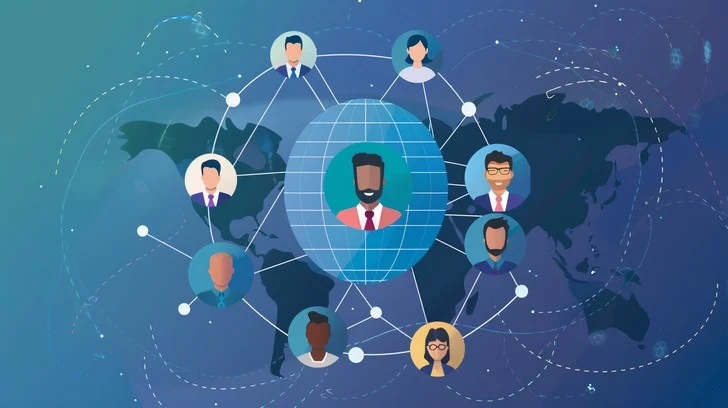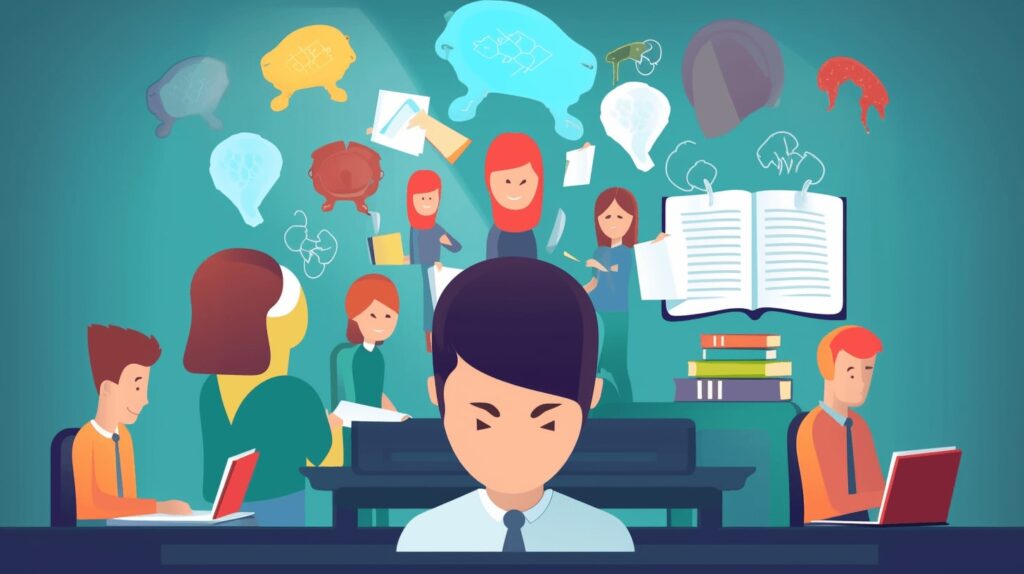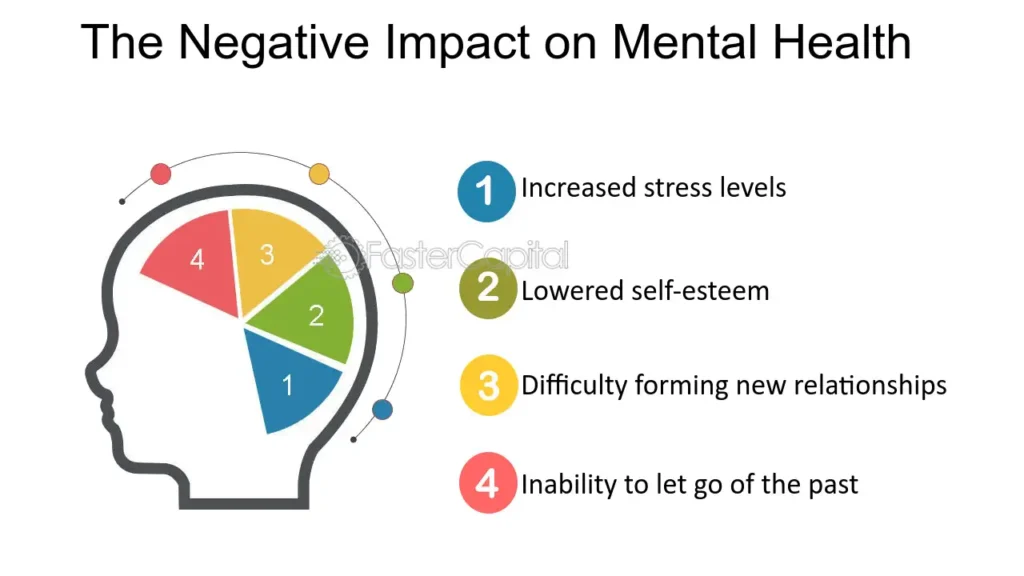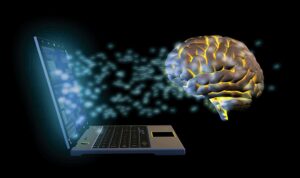Nutrition is a vital aspect of our overall health and well-being. There are 7 types of nutrition. It encompasses the process of obtaining the food necessary for health and growth. Understanding the different types of nutrition can empower you to make informed dietary choices that support your body and its needs. In this article, we will explore the seven types of nutrition, their importance, and how they play a significant role in maintaining a healthy lifestyle.
7 Types of Nutrition:
1. Carbohydrates

Carbohydrates also known as the body’s primary energy source. They are made up of sugars, starches, and fibers found in fruits, grains, vegetables, and dairy products. Carbs can be classified into two categories: simple carbohydrates (sugars) and complex carbohydrates (starches and fibers).
- Importance: Carbohydrates provide energy, so they are crucial for physical activities and overall bodily functions. They also play a role in brain function, as the brain relies on glucose for optimal performance.
- Sources: Whole grains, fruits, vegetables, and legumes are excellent sources of carbohydrates, especially those rich in fiber, which aids in digestion and helps regulate blood sugar levels.
2. Proteins

Proteins are essential nutrients composed of amino acids, which are the building blocks of the body. They play a crucial role in building and repairing tissues, producing enzymes and hormones, and supporting immune function.
- Importance: Adequate protein intake is essential for muscle growth, repair, and recovery, particularly for athletes and those looking to lose weight. Proteins also provide energy, especially when carbohydrate intake is low.
- Sources: Lean meats, fish, eggs, dairy products, legumes, nuts, and seeds are all good sources of protein. Plant-based proteins, like beans and lentils, are excellent for those following vegetarian or vegan diets.
3. Fats

Fats are another essential macronutrient that provides energy and supports various bodily functions. There are three types of it saturated fats, unsaturated fats, and trans fats. While all fats contain nine calories per gram, not all fats are created equal.
- Importance: Fats are vital for hormone production, nutrient absorption (especially fat-soluble vitamins A, D, E, and K), and protecting vital organs. Healthy fats contribute to heart health and can help manage cholesterol levels.
- Sources: Healthy fats are found in avocados, nuts, seeds, olive oil, and fatty fish like salmon. It’s advisable to limit saturated and trans fats found in processed foods, fried foods, and fatty cuts of meat.
4. Vitamins

In 7 types of nutrition vitamins are natural substances that our bodies need in little amounts for many physiological processes. They are critical for maintaining health and preventing diseases.
- Importance: Each vitamin plays a unique role in the body, such as supporting immune function, energy production, and healthy skin. A deficiency in any vitamin can lead to health issues.
- Sources: Fruits, vegetables, whole grains, lean proteins, and dairy products are excellent sources of various vitamins. For example, citrus fruits are rich in Vitamin C, while leafy greens are high in Vitamin K.
5. Minerals

Minerals, like vitamins, are essential nutrients that support various bodily functions. They are inorganic elements that help with processes such as bone formation, fluid balance, and muscle contraction.
- Importance: Minerals are crucial for overall health, influencing everything from heart health to bone density. Some minerals, like calcium and phosphorus, are vital for healthy bones, while iron is essential for oxygen transport in the blood.
- Sources: A balanced diet rich in fruits, vegetables, whole grains, lean meats, and dairy products can provide the necessary minerals. For instance, leafy greens are high in calcium, while legumes and nuts are good sources of magnesium.
6. Water

Often overlooked, water is a crucial part of nutrition crucial for life. It makes up a significant portion of our body and is essential for every cell, tissue, and organ.
- Importance: Water helps transport nutrients, regulate body temperature, and maintain hydration. It is also vital for digestion and helps eliminate waste from the body.
- Sources: Drinking water is the most efficient way to stay hydrated, but fluids from fruits, vegetables, and other beverages also contribute to our daily hydration needs.
7. Fiber

Fiber one kind of carbohydrate that the body is unable to digest . It is essential for a healthy digestive system, with two types: soluble and insoluble fiber.
- Importance: Soluble fiber helps lower cholesterol, while insoluble fiber aids in digestion and prevents constipation. A high-fiber diet is associated with a lower risk of chronic diseases such as heart disease, diabetes, and obesity.
- Sources: Fruits, vegetables, whole grains, legumes, and nuts are excellent sources of dietary fiber. For good health, try to consume at least 25–30 grams of fiber everyday.
Conclusion
Understanding the 7 types of nutrition is critical for making informed dietary choices that can lead to a healthy lifestyle. A balanced diet that includes an appropriate mix of carbohydrates, proteins, fats, vitamins, minerals, water, and fiber can significantly enhance overall health and well-being. By prioritizing these nutrients, you can fuel your body, support its functions, and prevent chronic diseases. Always consider consulting with a healthcare provider or nutritionist for personalized dietary advice tailored to your unique health needs and goals.











